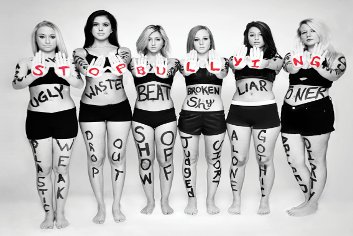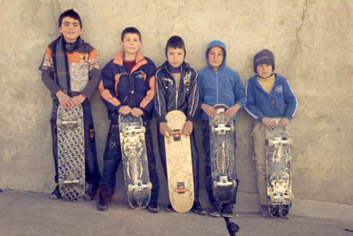Understanding the causes of school violence is the best start in working to prevent it. While not every incident of school violence can necessarily be pinpointed down to one cause, there are many preventable factors at play that lead up to these incidents. We’ve all wondered what causes school violence, especially since the Columbine shootings first grabbed international attention in 1999. In any traumatic incident there is always finger pointing that goes on, but before pointing fingers and laying blame it’s important to understand all of the potential causes involved. The possible causes of school violence are domestic abuse, overcrowded schools, gang activity, drugs, depression, anger issues and more. There is no one specific cause known for school violence and it has been shown that this is a multi-faceted problem. As with schools and families, communities can neglect children. If the communities are not responsive to the needs of families and their children, this neglect can develop into school violence. After-school and summer programs are not always available. A child who starts acting violently will often do so during periods of unstructured and unsupervised time. Juvenile-justice statistics show that, lacking after-school supervision, youth violence rises to above average rates between 3 and 7 p.m. School violence has also been linked to the transformation of communities. Constantly shifting school demographics often reflect larger upheavals as communities undergo changes in size, economic well-being, and racial and ethnic mix. Although our culture expects the family to deal with childhood problems, contemporary society makes it difficult for parents to meet all their children’s needs. The current economy, for example, often demands that both parents work; more children are raised by single parents including teenage mothers; and some children are subjected by their parents to neglect or physical, sexual, and substance abuse. Ideally, parents nurture and reinforce positive behavior. When parents fail to do so, children may develop negative–and often violent–behavior patterns. In addition, neglectful or abusive family environments can inhibit the development of communication skills; self-esteem can be seriously damaged. In homes where positive behavior is not the norm, exposure to violence through popular culture may have a more profound impact. Regardless of family and community dependence on schools to educate, shelter, and discipline their children, most schools have difficulty playing multiple roles as educators, surrogate parents, social service, or law-enforcement agencies.
Related Articles
The Bully, the Bullied, and the bystander
is it possible to break the cycle of violence?
One million scientists united for the next generation
the US2020 Project
the project of a 12-year-old in Toronto
Childhoods fit for children and the Alana model
The work of an outstanding Brazilian organisation on children's rights
the importance of skate boarding in Kabul
How to think more by being less authentic
Tony Koutsoumbos, says that the best way to see someone else’s point of view might be taking a break from our own authenticity.
the adventure of Bullyvention
Jeff Scoll and the Participant media
Can a bank be based on Christian values?
Tommy PIemonte presents at OLBIOS the exceptional work of BKC
enhancing the lives of senior citizens
![]()
STAY IN TOUCH
SUBSCRIBE TO OUR NEWSLETTER
AND RECEIVE OUR LATEST STORIES










